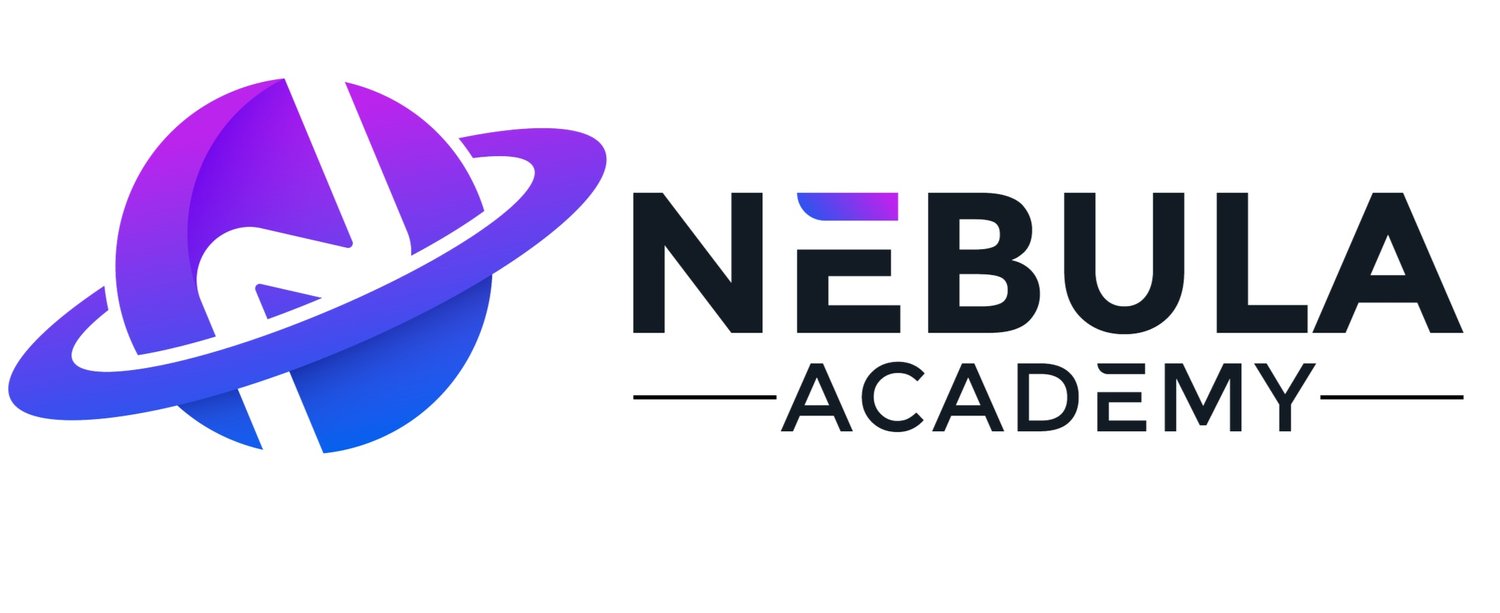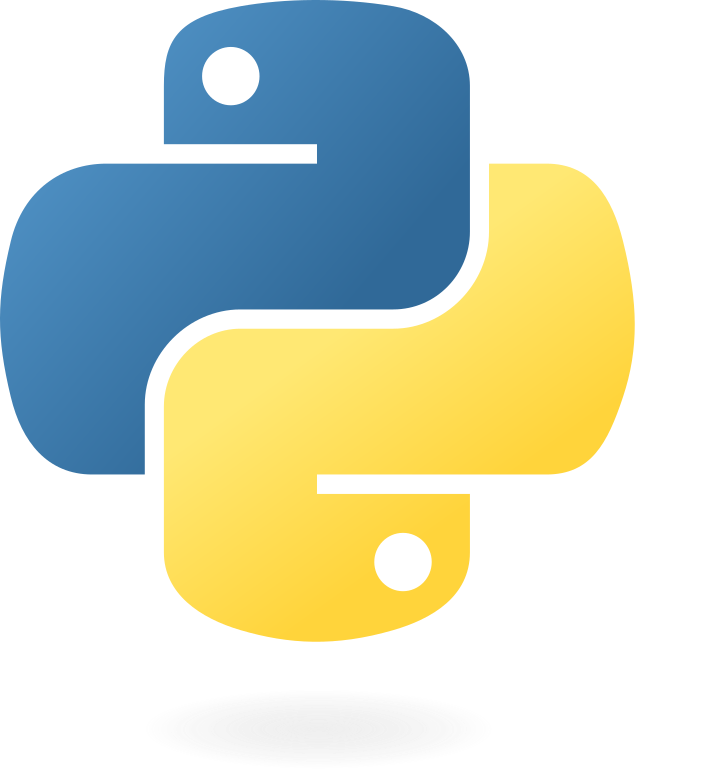
CERTIFIED AI AND PYTHON EDUCATOR
Equipping Educators with Tools to Teach Real-World AI and Programming
Equip Your Classroom with Data Skills Through Python Programming
-

Expert-Led Training
Gain practical knowledge from experienced educators and tech professionals who have successfully taught and applied AI and Python across educational settings and real-world projects.
-

Hands-On Learning
Engage in real-world projects and case studies. Learn to craft effective AI prompts and build Python applications that solve practical challenges using existing AI tools and platforms.
-

Stay Ahead of the Curve
In today’s AI-driven world, prompt engineering and automation are essential skills. Empower yourself with the knowledge to streamline tasks, enhance learning experiences, and drive smarter outcomes using AI and Python.
Program Overview
This course is structured to provide both theoretical understanding and hands-on application of AI prompt engineering and Python programming for educators. The weekly modules are designed to build skills progressively, with practical activities and classroom-ready tools.
This is a unique opportunity for educators to develop in-demand skills that support the growing need to teach applied math, data science, and emerging technologies in today’s classrooms. The Certified AI and Python Educator Program equips teachers with practical tools to integrate AI prompt engineering and Python programming into lesson plans, supporting deeper learning across STEM subjects. School districts looking to build internal capacity for future-ready teaching are encouraged to nominate passionate educators for this professional development experience. Due to the high level of personalized instruction and hands-on learning, space is limited and acceptance is based on a selective application process. Apply now to bring innovative learning to your students and lead the way in 21st-century education.
📅 Schedule
Monday - Thursday
9am – 1pm EST
-
🧱 Intro, Setup, Variables, Conditionals & Loops
✍ Git, Terminal, VSCode
📊 Lists, Dicts, File I/O, JSON/CSV
-
🧠 Strings & Numbers
🔁 Functions & Modules
📦 OOP Intro
🎒 Mini OOP Project
-
⚙️ Functional Python
🧪 OOP deep dive
📚 Library Project
-
🌐 APIs & requests
🔥 Flask Fundamentals
📡 Flask Routing + Blog Project Kickoff
🎤 Peer Teaching #1 (1.5 hrs)
-
🛢️ SQL Basics + Flask Integration
🧱 CRUD Routes with SQL
📬 Building Full REST API
-
📉 Matplotlib (condensed)
📊 Data Analysis with Pandas
📈 Intro to Web Scraping (light, with template)
📊 Capstone kickoff
-
🧪 Final Capstone Project
🎤 Peer Teaching #2 (1.5 hrs)
-
Discover how to integrate AI tools to enhance instruction, automate routine tasks, and personalize student learning. You'll also develop the skills to evaluate and refine AI-generated outputs for clarity, accuracy, and relevance, while adhering to ethical guidelines and promoting responsible AI use in education.
-
Module 1:🧭 Choose Your Own Adventure
Module 2:🏛️ Library Management System
Module 3:🌐 Blog API Project
Module 4:📊 Library Visuals
Cumulative:🧠 Final Capstone
-
Optional: Office hours will be offered on Fridays from 9-10 AM EST throughout the program scheduled weeks.
National Computer Science Standards
AI and Python Certified Educator Training Program
Real-World Development. Instructor-Focused. Nationally Aligned.
This 7-week, 84-hour Python curriculum equips aspiring educators with both technical and pedagogical proficiency. Designed for postsecondary and adult learners preparing to teach coding, the program offers comprehensive instruction in Python fundamentals, backend development, databases, APIs, and data visualization, alongside structured opportunities for peer teaching.
💻 Tier I: Python Fundamentals & Computational Thinking
Students begin with essential programming constructs: data types, control structures, loops, functions, and collections. These core topics directly reinforce computational thinking, problem decomposition, and abstraction.
Participants will:
Understand and apply key programming concepts like variables, functions, and loops
Use modular design with functions and reusable components
Structure and debug logical sequences
Read and write files (CSV, JSON) to work with real-world data
CSTA Standards Alignment:
2-AP-10: Use flowcharts or pseudocode to represent algorithms
2-AP-13: Decompose problems and create functions to solve them
3A-AP-13: Create procedures with parameters to organize code
3A-AP-17: Decompose problems and subproblems into parts to facilitate the design, implementation, and review
🧱 Tier II: Project-Based Learning & Object-Oriented Design
Midway through the course, participants tackle structured projects like a Choose Your Own Adventure game and a Library Management System using Object-Oriented Programming.
Through these projects, they:
Learn encapsulation, classes, and attributes
Design multi-file projects with importable modules
Apply iterative design processes and receive structured peer feedback
CSTA Standards Alignment:
3A-AP-14: Create and use libraries of code for code reuse
3B-AP-21: Develop and use a series of test cases to verify that a program performs as intended
3B-AP-23: Evaluate a program’s efficiency, readability, and clarity
🌐 Tier III: APIs, Web Development, & Databases
In the second half of the course, students build backend applications using Flask and SQL. They consume APIs and design their own RESTful services. Students build and deploy real CRUD applications with persistent storage and integrate external data sources.
Key skills include:
Using Python’s requests to access public APIs
Creating Flask routes and backend endpoints
Integrating SQLite/PostgreSQL with SQLAlchemy ORM
Building and querying SQL databases
Structuring RESTful APIs for real-world use cases
CSTA Standards Alignment:
3A-NI-05: Demonstrate effective use of network protocols
3B-AP-20: Evaluate and select software tools and libraries that meet project requirements
3A-DA-11: Create interactive data visualizations using appropriate tools and design principles
📊 Tier IV: Data Analysis, Web Scraping, and Visualization
Using Python libraries like pandas and matplotlib, students analyze and visualize datasets. They also learn basic web scraping with BeautifulSoup to extract live data from the web and transform it for meaningful use.
This unit helps students:
Analyze and clean real-world data
Generate graphs and charts
Use web scraping for dynamic data acquisition
Convey insights through visual storytelling
CSTA Standards Alignment:
3A-DA-10: Use data analysis tools and techniques to identify patterns in data
3A-DA-09: Translate between different data representations (e.g., tables, graphs, code)
🎤 Peer Teaching & Instructional Practice
As a course for future educators, this program includes two peer teaching sessions where students lead lessons on curriculum topics. This supports communication, content mastery, and confidence in instructional delivery.
Students will:
Practice scaffolding content for different learning levels
Give and receive structured feedback
Simulate classroom pacing, explanation, and question-handling
CSTA Standards Alignment:
3A-IC-29: Collaborate in teams to build meaningful computational artifacts
3B-IC-27: Demonstrate the ability to communicate complex ideas clearly
🚀 Final Capstone
The course culminates in a capstone project that blends:
Python scripting
Database integration
API consumption or exposure
Data visualization
Capstones serve as both proof of technical proficiency and a launchpad for teaching others through well-documented, reviewable code.
🧩 Why It Matters
This Python LMS Instructor Program not only teaches software development — it develops future educators with the tools to teach it. Through rigorous content delivery, project-based learning, and standards-based alignment, it ensures participants walk away with confidence, clarity, and classroom-ready skills.

